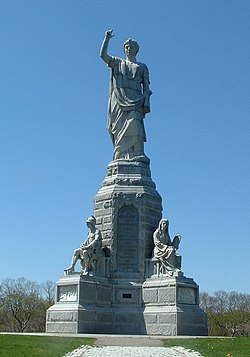
The Pilgrims, also known as the Pilgrim Fathers, were the English settlers who traveled to North America on Mayflower and established the Plymouth Colony in Plymouth, Massachusetts. The Pilgrims' leadership came from the religious congregations of Brownists, or Separatists, who had fled religious persecution in England for the tolerance of 17th-century Holland in the Netherlands.

Myles Standish was an English military officer and colonist. He was hired as military adviser for Plymouth Colony in present-day Massachusetts, United States by the Pilgrims. Standish accompanied the Pilgrims on the ship Mayflower and played a leading role in the administration and defense of Plymouth Colony from its foundation in 1620. On February 17, 1621, the Plymouth Colony militia elected him as its first commander and continued to re-elect him to that position for the remainder of his life. Standish served at various times as an agent of Plymouth Colony on a return trip to England, as assistant governor of the colony, and as its treasurer.

Plymouth Colony was the first permanent English colony in New England from 1620 and the third permanent English colony in America, after Newfoundland and the Jamestown Colony. It was settled by the passengers on the Mayflower at a location that had previously been surveyed and named by Captain John Smith. The settlement served as the capital of the colony and developed as the town of Plymouth, Massachusetts. At its height, Plymouth Colony occupied most of the southeastern portion of Massachusetts. Many of the people and events surrounding Plymouth Colony have become part of American folklore, including the American tradition of Thanksgiving and the monument of Plymouth Rock.

Plymouth is a town and county seat of Plymouth County, Massachusetts, United States. Located in Greater Boston, the town holds a place of great prominence in American history, folklore, and culture, and is known as "America's Hometown". Plymouth was the site of the colony founded in 1620 by the Mayflower Pilgrims, where New England was first established. It is the oldest municipality in New England and one of the oldest in the United States. The town has served as the location of several prominent events, one of the more notable being the First Thanksgiving feast. Plymouth served as the capital of Plymouth Colony from its founding in 1620 until the colony's merger with the Massachusetts Bay Colony in 1691. The English explorer John Smith named the area Plymouth and the region 'New England' during his voyage of 1614. It was a later coincidence that, after an aborted attempt to make the 1620 trans-Atlantic crossing from Southampton, the Mayflower finally set sail for America from Plymouth, England.

Plymouth Rock is the historical site of disembarkation of the Mayflower Pilgrims who founded Plymouth Colony in December 1620.

Edward Winslow was a Separatist and New England political leader who traveled on the Mayflower in 1620. He was one of several senior leaders on the ship and also later at Plymouth Colony. Both Edward Winslow and his brother, Gilbert Winslow signed the Mayflower Compact. In Plymouth he served in a number of governmental positions such as assistant governor, three times was governor and also was the colony's agent in London. In early 1621 he had been one of several key leaders on whom Governor Bradford depended after the death of John Carver. He was the author of several important pamphlets, including Good Newes from New England and co-wrote with William Bradford the historic Mourt's Relation, which ends with an account of the First Thanksgiving and the abundance of the New World. In 1655 he died of fever while on an English naval expedition in the Caribbean against the Spanish.

Degory Priest was a member of the Leiden contingent on the historic 1620 voyage of the ship Mayflower. He was a hat maker from London who married Sarah, sister of Pilgrim Isaac Allerton in Leiden. He was a signatory to the Mayflower Compact in November 1620 and died less than two months later.

John Quincy Adams Ward was an American sculptor, whose most familiar work is his larger than life-size standing statue of George Washington on the steps of Federal Hall National Memorial in New York City.
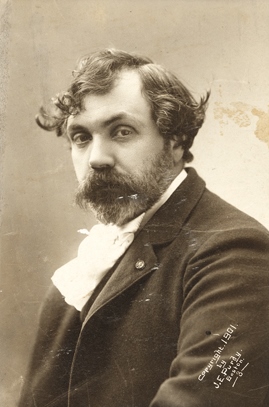
Henry Hudson Kitson was an English-American sculptor who sculpted many representations of American military heroes.
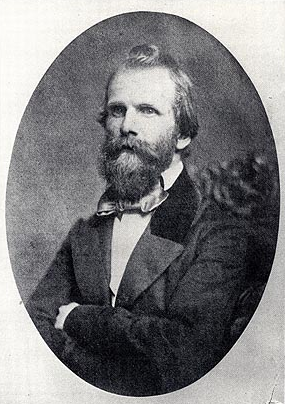
Charles Howland Hammatt Billings (1818–1874) was an artist and architect from Boston, Massachusetts.

Edward Doty was a passenger on the 1620 voyage of the Mayflower to North America; he was one of the signers of the Mayflower Compact.

The Pilgrim Monument in Provincetown, Massachusetts, was built between 1907 and 1910 to commemorate the first landfall of the Pilgrims in 1620 and the signing of the Mayflower Compact in Provincetown Harbor. This 252-foot-7+1⁄2-inch-tall (77.0 m) campanile is the tallest all-granite structure in the United States and is part of the Provincetown Historic District.

Cole's Hill is a National Historic Landmark containing the first cemetery used by the Mayflower Pilgrims in Plymouth, Massachusetts in 1620. The hill is located on Carver Street near the foot of Leyden Street and across the street from Plymouth Rock. Owned since 1820 by the preservationist Pilgrim Society, it is now a public park.
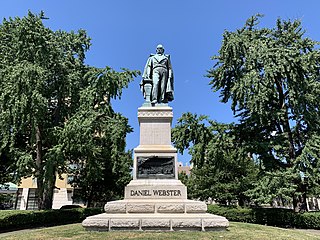
The Daniel Webster Memorial is a monument in Washington, D.C., honoring U.S. statesman and lawyer Daniel Webster. It is located near Webster's former house, beside Scott Circle, at the intersection of Massachusetts Avenue, N Street, and Rhode Island Avenue NW. The person who commissioned the memorial was Stilson Hutchins, founder of The Washington Post, who greatly admired Webster. Congress approved the memorial in 1898 and the dedication ceremony took place in January 1900. Amongst the attendees at the ceremony were President William McKinley and his cabinet, members of Congress, and Supreme Court justices.

Mayflower was an English sailing ship that transported a group of English families, known today as the Pilgrims, from England to the New World in 1620. After 10 weeks at sea, Mayflower, with 102 passengers and a crew of about 30, reached what is today the United States, dropping anchor near the tip of Cape Cod, Massachusetts, on November 21 [O.S. November 11], 1620.

Jane Goodwin Austin was an American writer, notable for her popular stories of the time. During her lifetime, she was the author of 24 books and numerous short stories. Her friends throughout her life were some of the most well-known American authors, including Ralph Waldo Emerson, Nathaniel Hawthorne, and Louisa May Alcott.
Henry Bergh is a statue by American artist James H. Mahoney located at the Wisconsin Humane Society in Milwaukee, Wisconsin, United States. The bronze statue portrays Henry Bergh, the father of the humane movement in the United States, holding a cane in his proper right hand and petting a dog with a bandaged paw with his proper left hand. It was created in 1891 and stands 9 feet high.

Resolved White was a passenger on the Pilgrim ship Mayflower. In 1620, he accompanied his parents, Pilgrims William and Susanna White, on the journey. He married Judith Vassall, daughter of William Vassall, a founder of the Massachusetts Bay Colony. Later in life White became a notable person of Plymouth Colony.
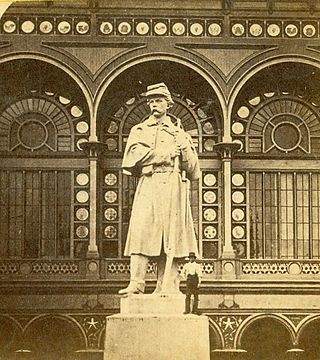
Carl H. Conrads was an American sculptor best known for his work on Civil War monuments and his two works in the National Statuary Hall Collection at the U.S. Capitol in Washington, D.C. He was also known as Charles Conrads.

Signing of the Mayflower Compact (1922) is a fifteen-figure, bas-relief sculpture by Cyrus E. Dallin located at the base of Monument Hill below the Pilgrim Monument in Provincetown, Massachusetts. The sculpture is one of three major commissions he received as part of the Pilgrim Tercentenary in 1920. The other two were the statue of Massasoit in Plymouth, Massachusetts and the Pilgrim half dollar, which featured renditions of a pilgrim and the Mayflower under sail.
